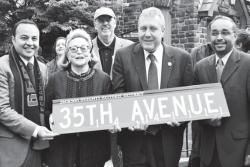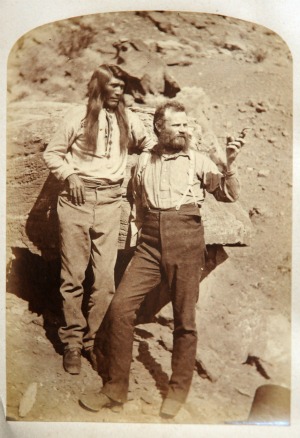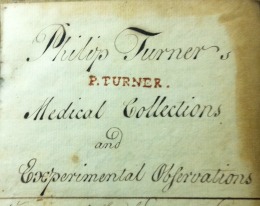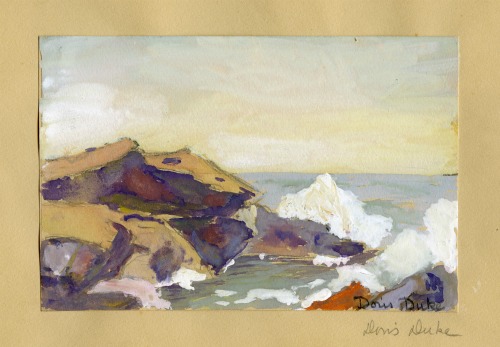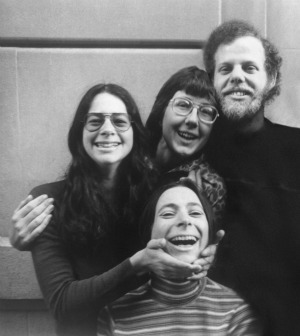
The Rubenstein Library is pleased to announce the recent acquisition of the New Day Films Collection. The collection includes the founding films and organizational records of New Day founders Liane Brandon, Jim Klein, Julia Reichert, and Amalie R. Rothschild. Documenting a pioneering film distribution company and collective, the first to distribute feminist films in the early 1970s, the New Day Films Collection is an important record of both New Day’s formation and the Feminist Movement. New Day Films is a thriving organization, celebrating 40 years in 2012 as a participatory democratic filmmakers’ cooperative with 120 members and 250 titles. The Rubenstein is committed to preserving the New Day Films Collection for future generations to make this record of the evolution of progressive independent American filmmaking available for teaching and research.
In celebration of New Day coming to Duke, the Full Frame Documentary Film Festival will screen New Day’s founding films—Anything You Want to Be (Brandon), Betty Tells Her Story (Brandon), Growing Up Female (Klein, Reichert), and It Happens to Us (Rothschild)—on Friday, April 13, 2012 at 4:50pm. There will be a panel conversation with all four founding members about New Day’s exceptional history on Saturday, April 14, 2012 at 9:30AM.

For more information on the New Day Films Collection at the Rubenstein, see: http://library.duke.edu/rubenstein/documentaryarts/events/
For more information on the Full Frame Documentary Film Festival, including a complete schedule and ticket information, see: http://www.fullframefest.org/
For more information on New Day Films, see: http://www.newday.com/





